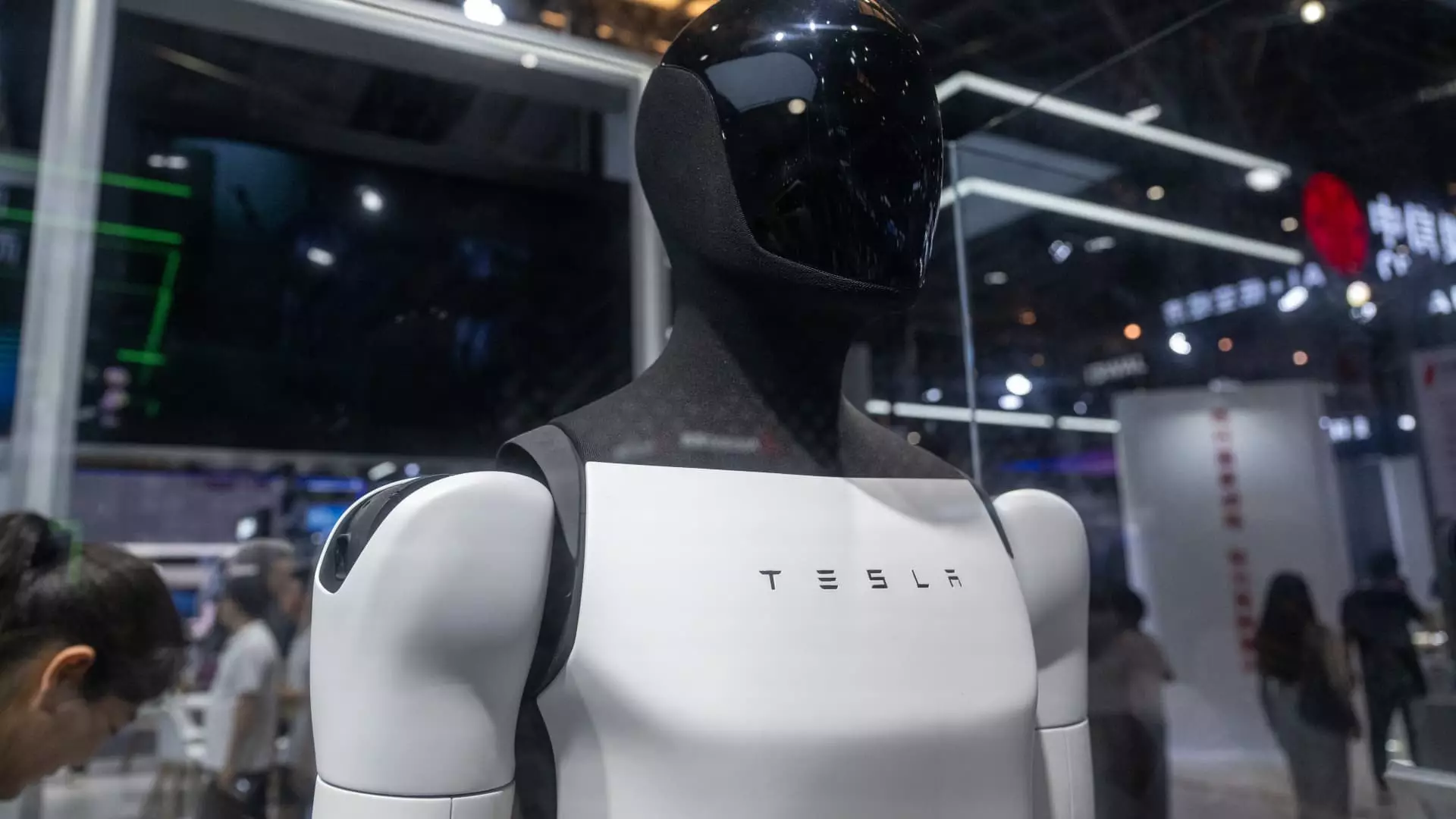In the complex tapestry of global trade dynamics, few elements have become as critical as rare earth elements. Recently, China’s introduction of stringent trade restrictions on these vital resources has left many industries, especially technology-driven companies like Tesla, navigating choppy waters. The scenario underscores an increasingly competitive global arena where countries finely tune their export controls and leverage resource availability to gain economic leverage. As the CEO of Tesla, Elon Musk recently articulated in the company’s earnings call, these restrictions primarily affect the production of the Optimus humanoid robots, essential to Tesla’s strategic vision.
China’s newly imposed export controls encompass seven rare earth elements, significantly pivotal in the production of everything from military equipment to electronic gadgets. This precautionary move seems less about safeguarding national resources and more a retaliatory measure against the escalating trade tensions stemming from U.S. tariffs introduced under the Trump administration. Here lies an intrinsic contradiction; while global markets depend heavily on China’s rare earths, the same resources are being weaponized in a geopolitical chess game.
The Human Element: Tesla’s Robotics Ambitions
Musk’s frustrations are palpable as he elaborates on Tesla’s reliance on these rare earth magnets for the company’s revolutionary humanoid robots, Optimus. The conversation drifts toward the assurances that Beijing seeks—guarantees that the rare earths will not be utilized for military endeavors. Musk’s insistence that these magnets are essential for the development of a humanoid robot rather than any military apparatus demonstrates Tesla’s commitment to a peaceful technological advancement narrative. Nevertheless, in the cutthroat world of innovation, assurances may not amount to much without the tangible resources to back them up.
Furthermore, the implications of these export controls extend beyond mere production hiccups; they pose existential threats to Tesla’s ambitious output goals. Musk previously committed to manufacturing about 5,000 Optimus units this year alone, an optimistic target that now stands on shaky ground due to resource accessibility. The ambitious deployment of these robots in Tesla’s EV production lines aims to bolster efficiency and lower costs, but uncertainty looms large as the clock ticks on the company’s plans.
Market Response and Future Implications
Despite the uncertainties, Musk tries to reassure investors, projecting that Tesla will still manage to roll out thousands of humanoid robots in the upcoming year. Such declarations draw attention, especially as Tesla’s traditional electric vehicle sector grapples with stiffer competition and a decline in stock performance—down 37% year-to-date. The integration of cutting-edge robotics may become a crucial lifeboat for Tesla, positing the company not just as a vehicle manufacturer but as a tech pioneer.
Yet, even as optimism emerges from Musk’s words, the landscape for Tesla is fraught with challenges. Rival Chinese companies like Unitree Robotics and AgiBot are gearing up to make significant strides in the humanoid robotics sector, essentially contesting Tesla’s foothold. Such competitive pressures could catalyze a much-needed growth spurt for the sector but could also delimit Tesla’s market share if these rivals optimize their strategic advantages stemming from lesser regulatory constraints in their home country.
Strategic Responses and Long-Term Vision
In the face of these challenges, one must ponder Tesla’s strategic responses. Musk’s prognostications often carry an air of optimism despite presenting a clear acknowledgment of the hurdles. As Tesla faces potential market squeeze and its EV business flounders, fostering innovation through humanoid robots could position the company as a leader in a new frontier—if executive decision-making keeps pace with rapidly shifting geopolitical landscapes.
One point remains crystal clear; Tesla’s journey in the humanoid robotics field won’t merely serve its corporate identity but also shape how industries adapt to trade restrictions going forward. Thus, as the world watches, the brewing contest over rare earth resources might introduce even broader implications for international trade and the future of innovation.

